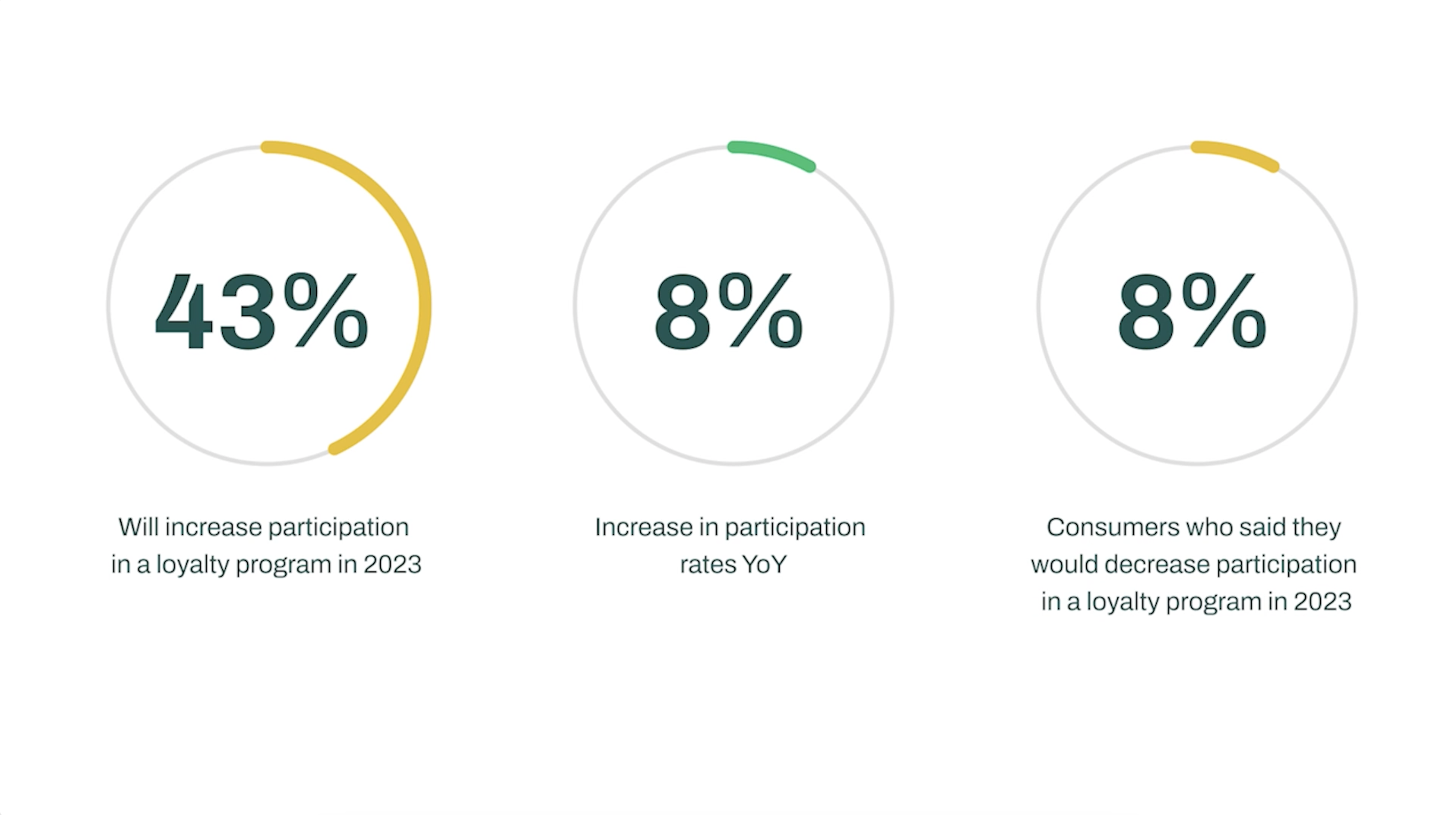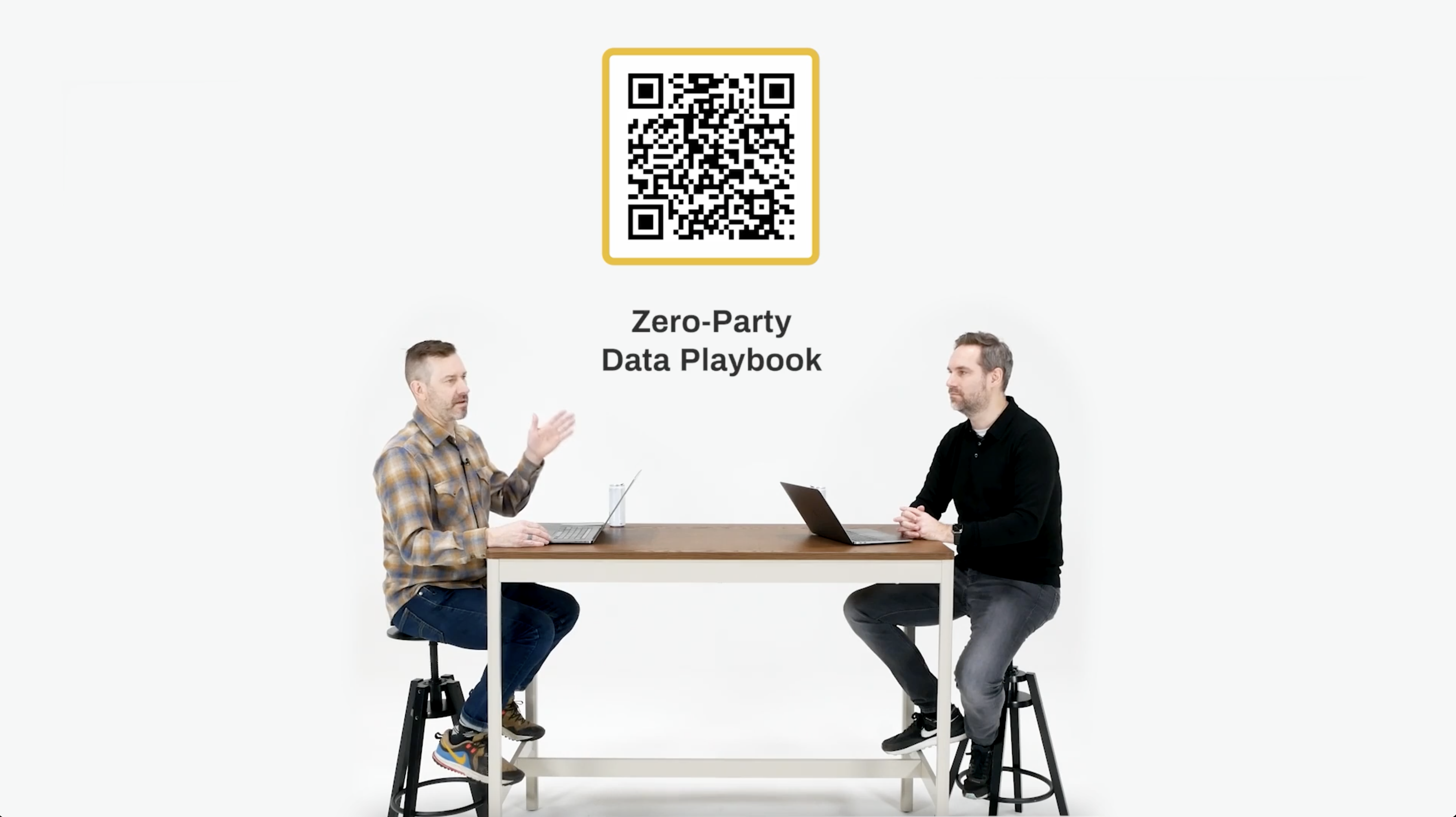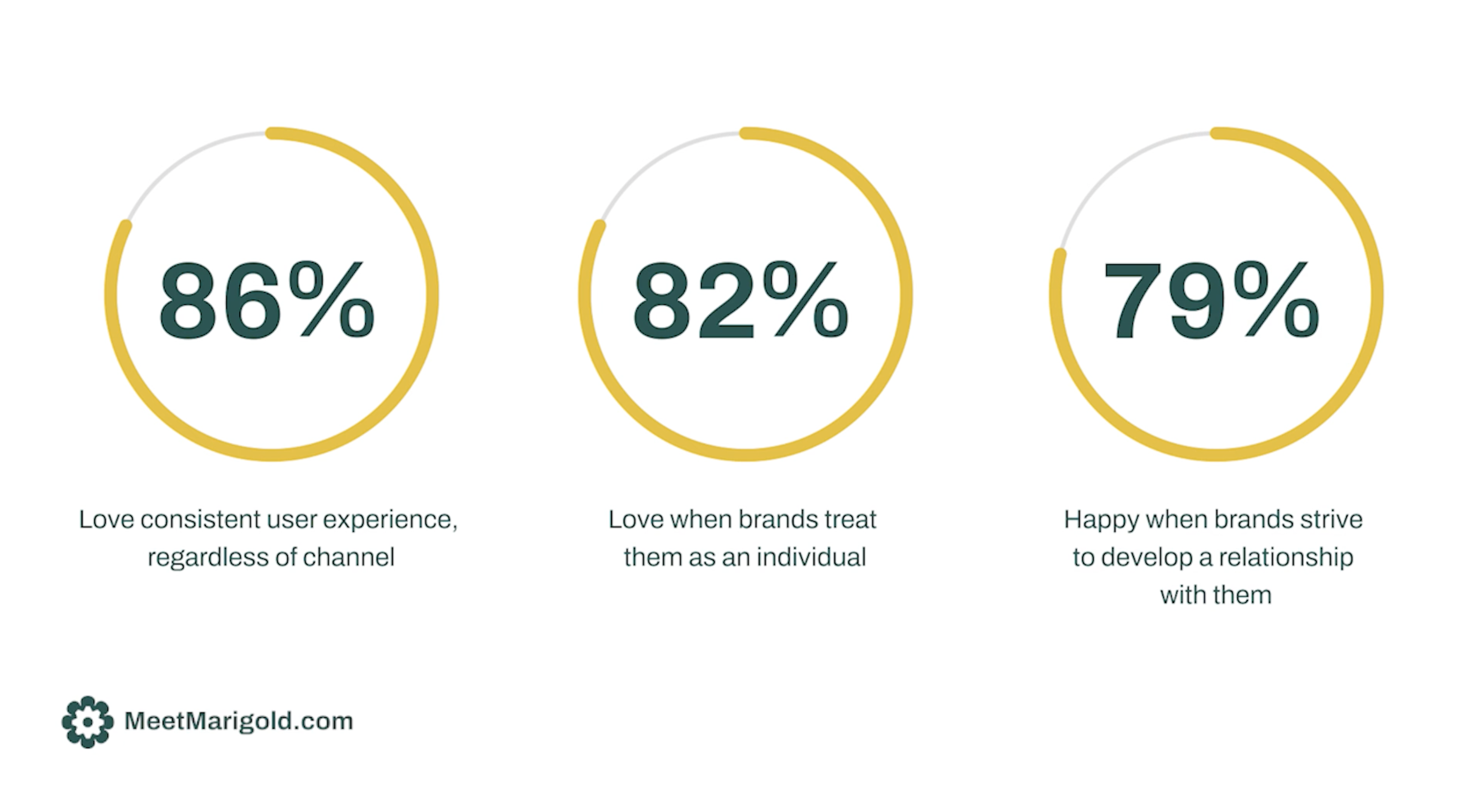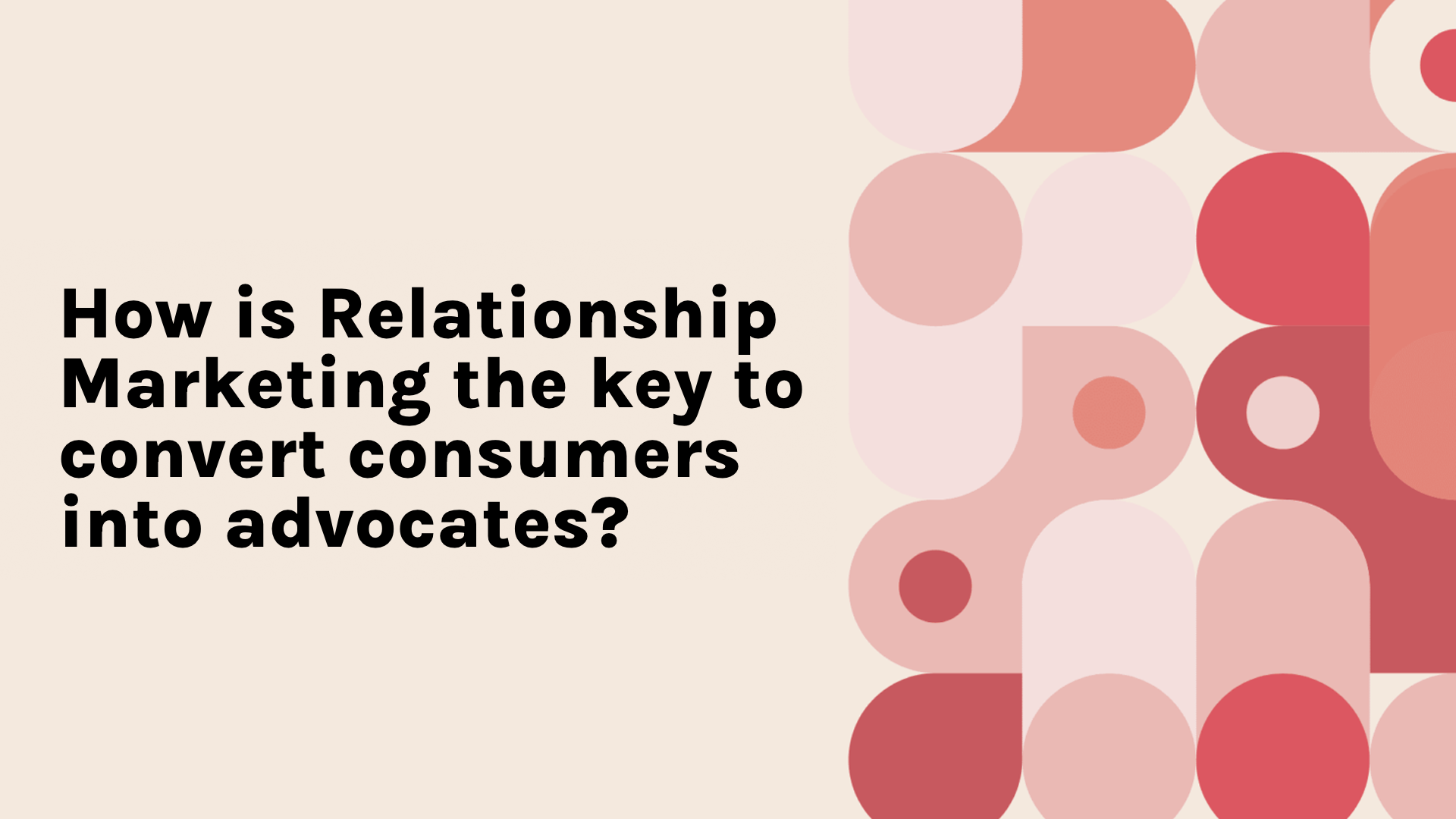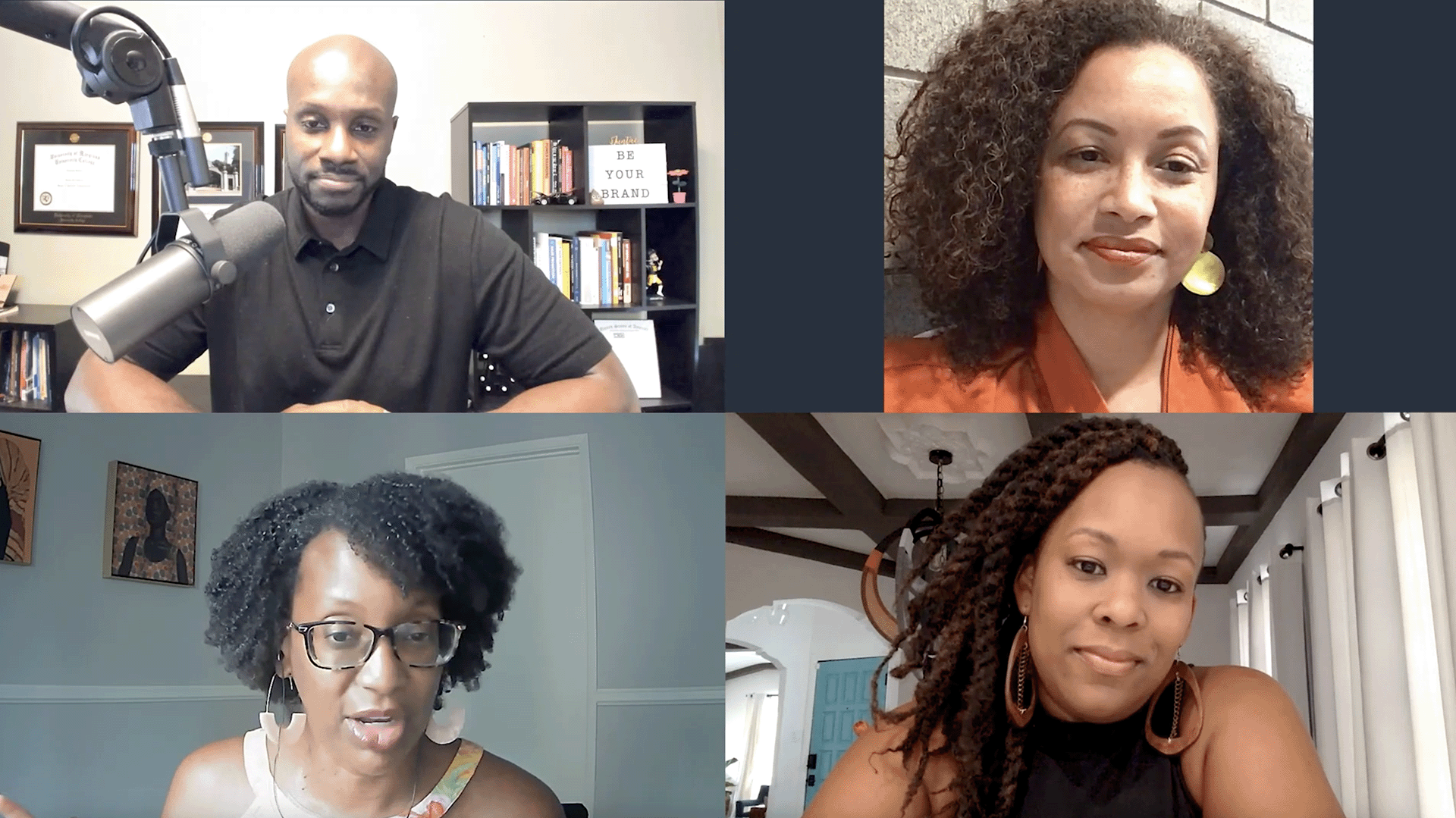How To Manage Multi-Account Emails, Maintain Brand and Drive Growth Through Data Insights: UC Santa Barbara
- 0.5
- 1
- 1.25
- 1.5
- 1.75
- 2
Tim Glomb: Ever given thought to going back to school? You know, the fraternity sorority life, that giant college experience? No. Me neither. But today I am visiting the beautiful UC Santa Barbara campus, and I'm going to talk to Jane McTaggart about how they use email as a channel to scan their brand communications. What I'm hoping to learn today is all about the university model, because that does have specific needs when it comes to the email channel. I'm also going to ask about metrics, open rates, the engagement rates that really matter, and find out just how Emma is powering all of this great stuff for them. I can't be late. Got to meet Jane. Well, Jane, thank you for having us here at your beautiful campus here at UC Santa Barbara. Can you tell me a little bit about your role here at the university?
Jane McTaggart: Sure, Tim, and thanks for coming down and seeing us here. I am the Senior Digital Communications Strategist in Institutional Advancement. So that's a division that encompasses a number of areas, primarily Alumni Affairs and the Office of Development, Public Affairs and Communications, which is where I sit. And then our events and protocol team as well.
Tim Glomb: Gotcha. So and Emma is powering most of the email marketing for those divisions that you sit on top of, correct?
Jane McTaggart: It does, yeah.
Tim Glomb: Okay, great. Can you give me an example, just for those watching that might not know Institutional Advancement, can you give me an example of, well, what one of those divisions might send out in an email form, to give it some context.
Jane McTaggart: So alumni, they really focus on engaging their alumni base. So it'll be a lot of event invitations. They have newsletters that go out. They'll put on workshops for career networking, that sort of thing. Development on the other side, they're sort of very focused on the appeal side of things. So there'll be a lot of email appeals going out end of year, calendar, year end, fiscal year end appeals, that sort of thing.
Tim Glomb: Got it. All right. So like any business, it's external communications, trying to get people to know about the brand, about events, about things you're doing, and also get them engaged.
Jane McTaggart: But having said that though, we also deal with getting important messaging out to campus too. So anything that needs to go out to students, faculty, staff here on campus as well, that will go out through our office as well. And then chancellor as well, we work with him in terms of his communications that go out, both on campus and to parents. So internal external audiences.
Tim Glomb: Great. So what I'd love to know, let's just get right into it in the top, you're on Emma HQ, which some of you watching might know as Emma Teams, but that allows you to kind of cascade the brand guidelines, and a little bit of policing from the brand perspective down to different departments that have different goals or different comms plans. But it also empowers them, it saves them time and is efficient for them using the platform. Can you give me an example of how your office works with these comms and how the platform empowers that?
Jane McTaggart: Yeah, so before we switched over to Emma HQ, we sort of were struggling with a bit of a bottleneck because we only had a couple of people really that were sort building out and sending these emails. The branding was definitely an issue as well.
Tim Glomb: So you had small teams serving a lot of different departments, a lot of requests, so bottleneck in that capacity.
Jane McTaggart: Yeah, there really wasn't much oversight between those teams in terms of what was going out. So everyone was treading on each other's toes, emails are flying out left, right, and center, and it's just whether the people that were building out up at the top there were able to sort of... And they were able to sort of stop those situations when necessary. But it was always as it was being built out, instead of advanced thinking of, okay, there's this other side, so.
Tim Glomb: So essentially you had a scaling problem, was one of your problems. Keeping brand police but also empowering, getting rid of that bottleneck. How else are those templates and things empowering those divisions now?
Jane McTaggart: So that's where there's this heavy lifting that Emma HQ does for us, because at the parent level, we've been able to build out the templates. So they're on brand, we know they meet accessibility standards, which is super important to us. And then we're able to make copies of those, tweet them for each subaccount, and then push them down to the subaccount. And then they can really run with that. So they've got the basics of what they need and then they can build their campaigns out from that. So they can take one event template for instance, and then just tweak different elements of it. They might have a certain graphic they want to use for a campaign. Like recently alumni had their All Gaucho Annual Reunion event, and they had a graphic suite for that. So they would just tie in those graphics across the campaign emails that went out. And so they'd be able to do that very, very easily.
Tim Glomb: And that's great because it really does save time. Now, if they're getting an approved template or they have some brand guidelines, to your point, they can go clone, they can do whatever they need to do to make each individual communication a little different, but still on scale. How does that go back uphill from a metrics perspective? I would imagine if I'm a head of alumni communications, I want to know, how is that email or these campaigns I'm running in a particular month or so, how are they doing? So I can have access to metrics, as well as you above me, see the entire company wide.
Jane McTaggart: Yeah. And that's something that's actually been very helpful for us with Emma HQ, or Teams, is that the reporting side of it. So the users that are at subaccount level, they can easily get in now, they're empowered to do so, and just see how their campaigns have performed from one email to the next. And take that information, build it out into the next email if it's part of a longer running campaign. But then it also allows us to dig in a little bit deeper. So I'm able to go in and export the performance metrics across however many emails I want, and then we can build out really robust reports and then feed that back to them, sort of to give them a deeper dive into how they're performing and the learnings that are there for them.
Tim Glomb: Wow. So that's awesome. Using metrics, lag measures to give you a future look and change things. Let's talk a little bit about A/ B testing and best practices, because your department also kind of empowers these other divisions with best practices. How do you operate that? How do you even convey best practices, or do you just build them in the Emma platform and explain, " Hey, we've built this for you, take it and run it, and there's a reason why," or is there a communication there around best practices?
Jane McTaggart: There's definitely communication. There's communication up front when we onboard. So we're onboarding, we're training them how to use the platform, but we're also, there's a best practices elements, so we're trying to explain why things are laid out the way that they are. And then there's ongoing trainings. So Emma's great with EmmaU, for instance. There's learnings there that we kind of encourage them to participate in. We sort of disseminate the key learnings that we get from it too, out to the teams afterwards. There's all the resources that are available there to them as well, to access. But we try and make sure that it's sort of a continual thing. It's not just like we onboard you and then we leave-
Tim Glomb: See you later.
Jane McTaggart: ... youto it, sort of thing. Yeah.
Tim Glomb: Gotcha. Let's talk a little bit about data, because best practices are great and you need to know how to get campaigns out, but there's data behind that. How exactly are you filling data from Emma or vice versa with your own databases and lists?
Jane McTaggart: So we have our main external CMS and we take data integrity very seriously.
Tim Glomb: One to five, five being the highest level of data fidelity that you need. How important is data?
Jane McTaggart: Five. Absolutely.
Tim Glomb: Five all day?
Jane McTaggart: Yep. Yep. Absolutely.
Tim Glomb: Okay. All right.
Jane McTaggart: If you've got bad data, you're shooting yourself in the foot right from the start. You've got to have good clean data. If you want to set yourself up for success, make sure your data's healthy.
Tim Glomb: Got it. And it's pretty simple. Use an API from Emma and you can get data in, you can update profile and records, add, augment, et cetera.
Jane McTaggart: Yep. We use the API to sync our data between our external CMS and then Emma's. It runs once a week. It goes both ways, so that's great. So as we have different areas inputting new data into our external database, then similarly say, because we have preference centers set up within the emails that go out. So users can very easily go in there, update their information, update their preferences, but update their sort of profiles as well. So change their email addresses, their names, anything like that. But we want to make sure that that similar is coming over to our external database. And it works well.
Tim Glomb: It's so important to know your customers. We talk about the stages of relationship marketing, and you have unknown consumers or unknown contacts, you want to make them known. And the more you know about them, the more you can get closer to personalization. And you have a robust segmentation strategy that's working really well for you. Can you give us an example of what kinds of data or information you might have on a subset of people, and how you would use that in email communications?
Jane McTaggart: Right. So just the nature of the beast of the university, we have pretty good access to... Well, we have pretty good zero and first party data. So we're able to segment and use dynamic content. So we regularly will segment our emails, newsletters, we'll segment by, we can geo regions, we can segment by majors, we can segment by class years, sort of generationally. And then we can build that out into campaigns as well. For instance, Office of Development, they did a fantastic job of it with Give Day recently, and they were able to leverage the templates. They sent out over a hundred emails in that campaign and each one was different, but they worked off of one template. And then they just updated the wordmark at the top, which related to the area that they were appealing on behalf, updated the image, and then tweaked the copy to make sure that it spoke to that area that they were fundraising for.
Tim Glomb: That's great. I mean, that's intelligent. When you put the energy in, if you can get clean data, if you know somebody or know something about them, and then you put in the energy to get them the right message in the right look and feel and the right tone, you're going to get better engagement. And you talk about dynamic content. That, for anyone watching that doesn't understand. That could be, you and I get the same email, but an image or a copy block might be changed, triggered on a field or some information.
Jane McTaggart: Right. And they could have done that for that Give Day campaign, but when you got a hundred of them, that was kind of when it doesn't become effective to do it. But for newsletters, absolutely we'll do it. Say in the events section of the alumni newsletter, if it's an event down in LA for instance, will geo target LA alums, whereas Santa Barbara alums, or everybody else will get maybe more a virtual event or something else that sort of relates to everybody. So it works really well.
Tim Glomb: That's great. Well, there's an opportunity cost there. Sometimes the deeper you go, the more granular you get, as you mentioned, a hundred campaigns. But in general, when you do go that extra mile, when you do segment heavily or get closer to personalization, that one- to- one, what are the results in general?
Jane McTaggart: It's worth the effort.
Tim Glomb: It is?
Jane McTaggart: Oh, absolutely. And I think that just by taking that Give Day example as a case, that campaign drove, I think it was like 40% of the traffic to their giving site, and converted at 12% into donations, so that was pretty good. It was like a third of their online donations came from that email campaign. So absolutely worth the time and the effort to do that.
Tim Glomb: There it is right there. I mean, if you are trying to get closer and tighter in your segmentation or closer to personalization, take that quote upstairs. It's worth the effort. If you put the energy in, you're going to get better results. Now, obviously, you can't do that for every single email, and if you're not generating revenue, it's a little tougher to justify. But it's great. Personalization inaudible.
Jane McTaggart: Well, and it's somewhere where it's not so sort of time consuming. Give Day's a big campaign, that takes a lot of time, resources to do that. But then similarly they'll do it for donor relations, where just each week they're sending out an email to thank people that have donated, and they're able to use dynamic content to switch out the fund that they were donating to, as well as the name of the person. And it's very simple but very effective.
Tim Glomb: And all of that goes back to what we talked about at the beginning about scaling this, right? I mean, if you find if one campaign worked really well, how do you clone that strategy? How do you take that as a template from a campaign perspective, not just an email template, and scale that over your other efforts? So it's worth it. Put the energy in. I want to ask you a little bit about A/ B testing. Is that a big thing for you? A/ B testing email campaigns?
Jane McTaggart: Yep, absolutely. It's an important part of our process, and we've done a fair bit of it. And we have cases where we've done an A/ B test, say on a design, on a layout and a certain element where the call to action is, and thought, being very confident that which one's going to win and being completely wrong. So you don't want to think that just because you think you're a great designer or you have a great design team and you really trust that aesthetic that it's going to work the way you think it is. You're like, test it, test it, test it. That's our motto, or mantra. Just test, test, test.
Tim Glomb: Yeah, I'm sure the science department could give you a bunch of hypotheses on that, and is glad that you're doing the work to find out. Well, we just talked about the unknown to known in relationship marketing. The fourth stage of relationship marketing is really around retention. Once you've understood and gotten somebody into your database, you start engaging them, and then ideally you start personalizing communications with them. You have to retain them. You have to get them loyal in some way. What are some retention ideas or strategies or thoughts you have around keeping people engaged here at UC Santa Barbara?
Jane McTaggart: Well first off, I think what we're able to do easily is identify people that are engaging with us. So whether it's because they've signed up for an event and attended it, or whether it's they just signed up, or whether they clicked on a piece of content in one of the newsletters. So that gives us sort of one level. So we're able to export that, identify these people, kind of put them into different segments. For example, the alumni where we can see that most engagement or we're most effective with our engagement when the alums are sort of communicated directly from the areas where they have that affinity. So you are a chemistry major. When chemistry department reaches out, you're going to have higher engagement than you are when Alumni Affairs sort of reaches out. So it's how we can support those areas too. So what happens is, so some of these areas want to send out a newsletter, we bring it into the HQ account. We help with setting them up, leveraging the templates and building out those newsletters for them. But it's going out on behalf of them. So from the recipient's point of view, it looks like it's coming from chemistry department or whoever, whereas really it's sort of development helping to nurture that or alumni helping to facilitate that.
Tim Glomb: Let's talk for a second about metrics and open rates in particular, because Apple changed everything. The open rate is now much more cloudy. Good, bad or indifferent. Probably good for the consumers. And I would argue that open rates probably weren't an amazing metric anyway. Chief financial officers don't care how many people opened an email. They care how many dollars came in from an action. How are you measuring engagement today with the open rate being what it is?
Jane McTaggart: Yeah, we're sort have been forced to, like everybody else, shift our attention away from open rates, and I think that's a good problem to have had. So we look more towards click rates, whatever sort of other call to actions that we have in there, whether we're trying to get somebody to sign up for an event, whether they're trying to get them to donate, looking at those conversions instead.
Tim Glomb: Is there something, as a marketer, is there something you would want to say to a Facebook, an Apple, a Yahoo, a mail, and some of these providers who are creating disruption in your workflow? Is there a metric or something you wish they'd all kind of adopt? Do you have any ideas or...
Jane McTaggart: Huh, that's a good question. I mean, it'd be great to be able to pull all of the social platforms, so where you could bring in your social media along with email and web, and if there was some sort of metric that automatically compilated all of that together. But...
Tim Glomb: Just one big whole inaudible.
Jane McTaggart: You've got to do it manually right now. But that's actually a good point, because it's not just email metrics that we're looking at. There's social as well, and how that all ties in and the engagement there, and then bringing it in with the engagement on the email side to identify those audiences.
Tim Glomb: Okay. So you're a university. Some of our clients are businesses, whether it's a pizza place, or could be anything. But let's talk university specific. There might be other organizations thinking about, yeah, we need to get sophisticated, we need that hub and spoke. We need a little bit of control, but also on power, our teams below us to move faster, more efficiently, more effectively. Do you have one piece of advice for somebody who's sitting in your shoes, maybe a few years before you, trying to make some of these decisions on either technology or strategy? What should they prioritize? What would be your nugget of advice?
Jane McTaggart: Finding out the pain points. What are the pain points with the teams that you're working with? Transparency, bringing everybody together to be part of the solution so that you're not just dumping something new on them, and working your way through it that way.
Tim Glomb: All right. Well, this has been great. I really appreciate you taking the time for us. It's a beautiful campus. Leave us with one more answer. How do we inspire, especially the university's watching right now, give them some empathy. What would you say to them right now if they're like, " Hey, this has been impactful and I need to get new technology." What would you say to inspire them?
Jane McTaggart: Yeah, I would say, we feel your pain or everybody's pain of tight budgets. So we're not in a position where we have these rich revenue streams coming in and we've just got to dig in there and figure out a way through. But if you do do your homework, if you sort of look to see what it is that you're trying to achieve, set clear goals and objectives, look for the resources you have. And Emma HQ, Emma, is a fantastic resource because you leverage, and you have all of those building blocks in place to empower you to be successful.
Tim Glomb: Do the work. That's what I heard. Do the work. Good planning. Do the work. And knowledge exchange. So how can people reach you if they wanted to reach out and give you compliments or ask a question?
Jane McTaggart: LinkedIn or through our website.
Tim Glomb: Great. All right, there you go. Well, thanks for having us. We'll see you again at the next time. This has been another session with the CM Group and Emma HQ. See you soon.
DESCRIPTION
Both brands and universities can find themselves struggling to empower sub-brands or various departments to use the email channel effectively while staying on brand. Furthermore, sub-brands or independent departments have their own metrics needs while the aggregate metrics across the entire organization can identify best practices and effective strategies, which can be shared for maximum impact.
At University of California, Santa Barbara, Institutional Advancement holds one of their largest email audiences. It comprises segments of alumni, faculty, staff, students, donors and more. This is one of the most important email audiences on and off campus and yet UCSB was struggling with the inability to specialize the emails to each segment. Learn how Emma's email solution helped maintain brand consistency across departments, simplified their review process, brought efficiencies to their segmentation and personalization efforts while delivering data and metrics insights both at the department level as well as in aggregate across the entire organization.
Takeaways:
- Learn why clean data and the effort to personalize messaging has paid off across critical, revenue generating campaigns
- In 2021, over 700 email campaigns netted a delivery rate of 99.92%
- How UCSB's "Give Day" email campaigns drove 40% of their total traffic and netted 12% of online gifts
- Learn how Emma scaled email solutions helping UCSB expanded to 12 email accounts
Today's Guests

Jane McTaggart



